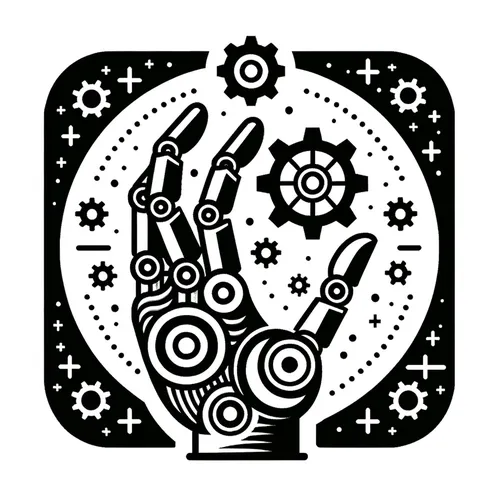Robo-Revolution: Cobots, AI & 5G Collide! Productivity Soars, Jobs Transform
- Author
- Quiet. Please
- Published
- Tue 11 Mar 2025
- Episode Link
- https://www.spreaker.com/episode/robo-revolution-cobots-ai-5g-collide-productivity-soars-jobs-transform--64812993
This is you Robotics Industry Insider: AI & Automation News podcast.
As we step into March 12, 2025, the robotics and automation landscape continues to evolve at a breakneck pace. Recent breakthroughs in artificial intelligence have propelled industrial robots to new heights of capability and efficiency. A notable development comes from RoboTech Industries, which has unveiled a new generation of collaborative robots equipped with advanced natural language processing. These cobots can now understand and respond to complex verbal instructions, significantly enhancing human-robot collaboration on factory floors.
In the realm of industrial automation, the integration of edge computing and 5G networks is revolutionizing real-time decision-making capabilities. Manufacturing giants are reporting up to 30% increases in productivity after implementing these technologies. For instance, AutoMotive Corp has successfully deployed a fleet of AI-powered autonomous mobile robots in its assembly lines, reducing production time by 25% while improving quality control metrics.
The fusion of AI and robotics continues to push boundaries in research and development. A team at the MIT Robotics Lab has made significant strides in developing robots with enhanced tactile sensing, mimicking human-like dexterity. This breakthrough has immediate applications in delicate assembly processes and could potentially transform industries like electronics manufacturing and medical device production.
Market applications for advanced robotics are expanding rapidly. In agriculture, AI-driven drones and ground robots are being used for precision farming, with early adopters reporting crop yield increases of up to 20%. The healthcare sector is also embracing robotics, with AI-assisted surgical robots performing increasingly complex procedures with remarkable accuracy.
Industry partnerships are forming to tackle grand challenges. A consortium of leading robotics firms and AI research institutions has announced a collaborative effort to develop sustainable and energy-efficient robotic systems, aiming to reduce the carbon footprint of industrial automation by 40% over the next five years.
Recent market data from RoboGlobal indicates that the industrial robotics sector is poised for 15% year-over-year growth, with collaborative robots expected to see a 25% increase in adoption rates. As companies seek to enhance productivity and address labor shortages, the demand for advanced automation solutions continues to surge.
For industry professionals and businesses, the key takeaway is the importance of investing in upskilling programs to prepare the workforce for increased human-robot collaboration. Additionally, companies should consider conducting AI readiness assessments to identify areas where intelligent automation can provide the most significant benefits.
Looking ahead, we can expect to see further advancements in robot learning capabilities, with a focus on generative AI models that allow robots to adapt to new tasks with minimal programming. The convergence of robotics, AI, and the Internet of Things will likely lead to more interconnected and intelligent manufacturing ecosystems, paving the way for truly autonomous factories.
As we navigate this rapidly changing landscape, it's clear that the synergy between human ingenuity and robotic precision will continue to drive innovation and reshape industries for years to come.
For more http://www.quietplease.ai
Get the best deals https://amzn.to/3ODvOta
